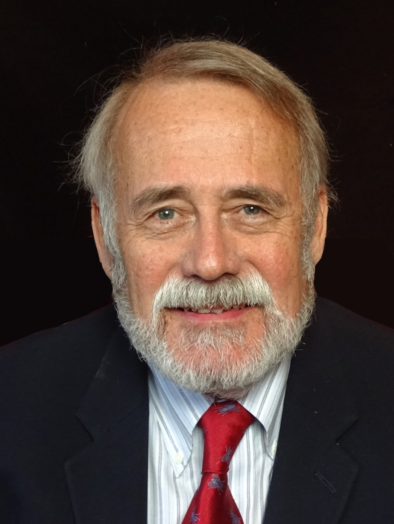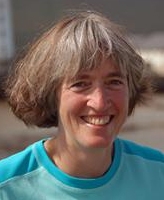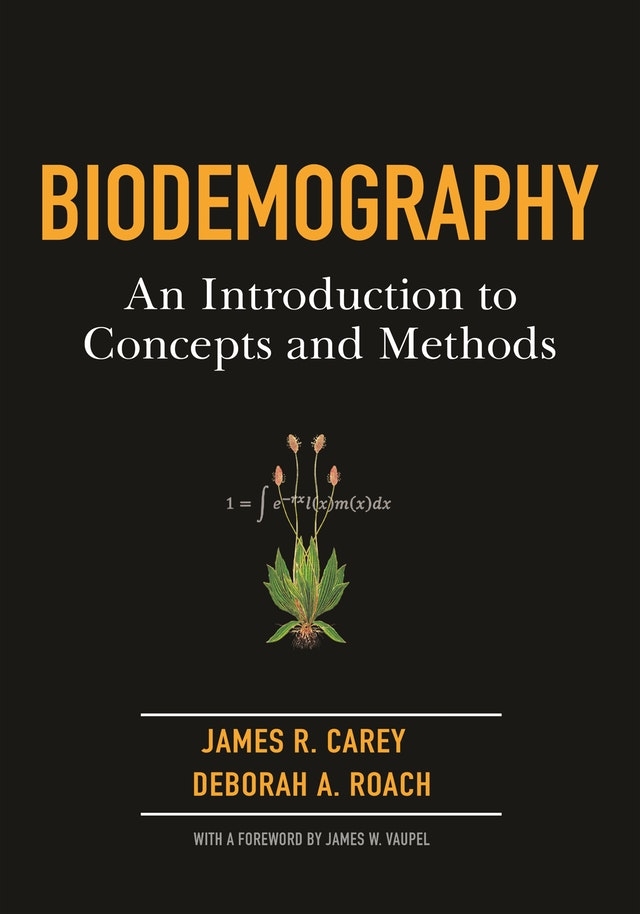
Carey, the lead author of the 480-page book, Biodemography: An Introduction to Concepts and Methods, published today (Jan. 7) by Princeton University Press, also designed the compelling cover.
The book “effortlessly sets the standard as the definitive text for the important, emerging field of biodemography,” said Robert Peterson, professor of entomology at Montana State University, and a past president of the 7000-member Entomological Society of America. "The field is interdisciplinary and the authors have done a magnificent job integrating biology, mathematics, and demography."
Said Professor Tim Coulson of Oxford University: "Ecology and evolution are driven by who lives and reproduces and who doesn't. In recent years, the field of biodemography has developed a rich corpus of concepts and methods to analyze and predict patterns of birth and death. This excellent book provides a much-needed overview of ideas and approaches that will aid researchers, from students immersing themselves in the subject for the very first time to seasoned professors wishing to learn modern approaches."
Publishers describe the book as “an authoritative overview of the concepts and applications of biological demography.”
The interdisciplinary field unites the natural science of biology with the social science of human demography, said Carey, a UC Davis distinguished professor of entomology who is known as one of the founding fathers of biodemography and a global authority on arthropod demography.

They “cover everything from baseline demographic concepts to biodemographic applications, and present models and equations in discrete rather than continuous form to enhance mathematical accessibility,” Taylor related. “They use a wealth of real-world examples that draw from data sets on both human and nonhuman species and offer an interdisciplinary approach to demography like no other, with topics ranging from kinship theory and family demography to reliability engineering, tort law and demographjic disasters such as the Titanic and the destruction of Napoleon's Grande Armée.”
Carey said the new interdisciplinary field links a number of professions. “It is an essential resource for demographers, epidemiologists, gerontologists, and health professionals as well as ecologists, population biologists, entomologists, and conservation biologists,” he said.
In the foreword, J. W. Vaupel, founding director of the Max Planck Institute for Demographic Research, Germany, calls the book “impressive,” and noted that the authors both enlighten and inspire with their “important and innovative ideas, mode of explanation, and the graphic illustrations,” all of which make the book “sparkle.”
Topics range from kinship theory and family demography to reliability engineering and tort law, and also demographic disasters such as the Titanic and the destruction of Napoleon's Grande Armée. It also includes an analysis of the Donner Party tragedy.
The book, according to the publishers, is pathbreaking in that it:
- provides the first synthesis of demography and biology
- covers baseline demographic models and concepts such as Lexis diagrams, mortality, fecundity, and population theory
- features in-depth discussions of biodemographic applications like harvesting theory and mark-recapture
- draws from data sets on species ranging from fruit flies and plants to elephants and humans
- uses a uniquely interdisciplinary approach to demography, bringing together a diverse range of concepts, models, and applications
- includes informative “biodemographic shorts,” appendixes on data visualization and management, and more than 150 illustrations of models and equations
Carey, who holds a doctorate in entomology from UC Berkeley and studied population biology for a year at Harvard while working on his doctorate, joined the UC Davis Department of Entomology in 1980. He served as the principal investigator of a 10-year, $10 million federal grant on “Aging in the Wild,” encompassing 14 scientists at 11 universities.
Highly honored for his research, teaching and public service, Carey is a fellow of four organizations; American Association for the Advancement of Science, Entomological Society of America, California Academy of Science and the Gerontological Society of America.
Attached Images:
